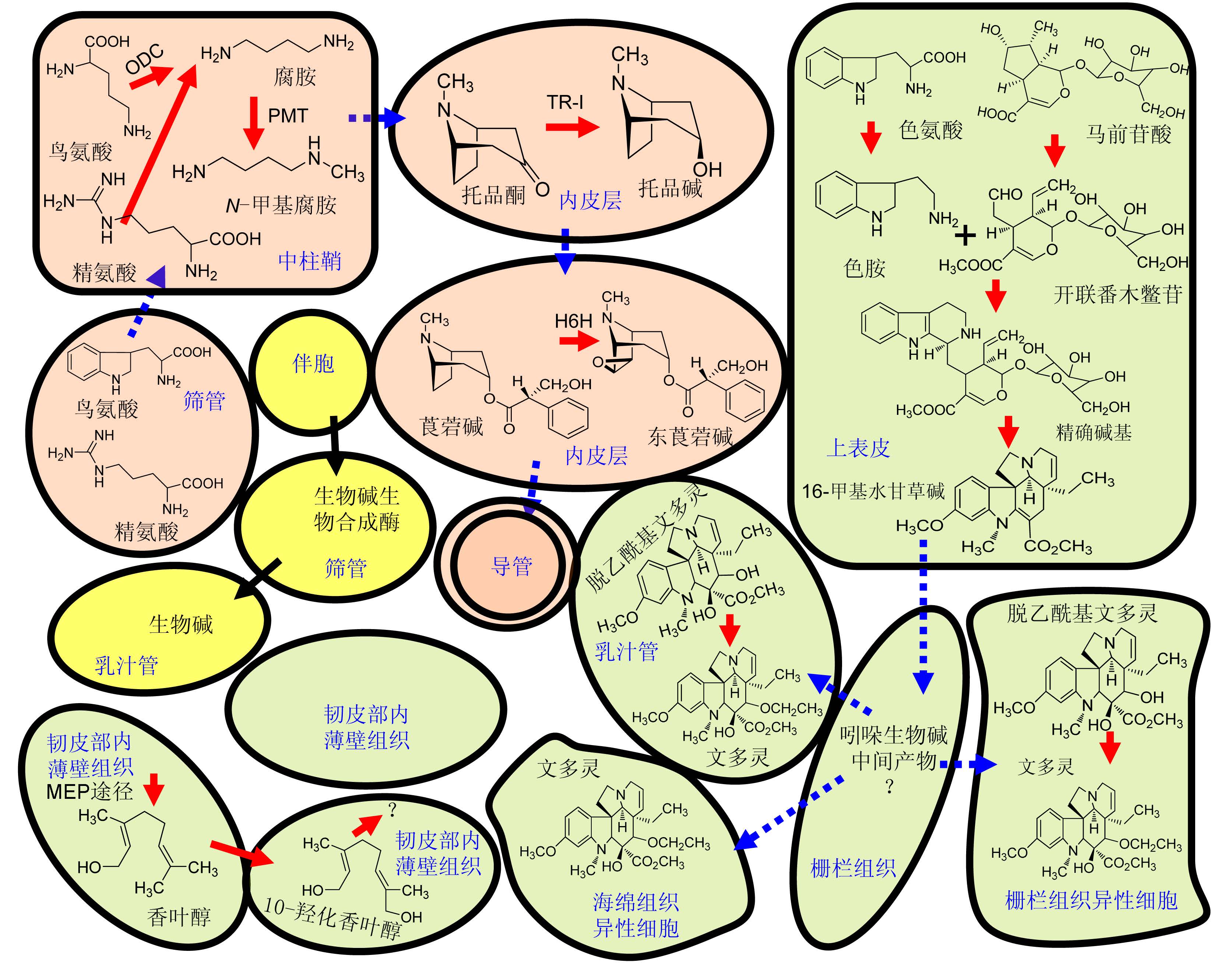Process of Cell Biology of Isoquinoline Alkaloid Biosynthesis, Transport and Storage
- CHENG Qiao ,
- ZENG Jian-Guo ,
- YUE Cha
- 1National Chinese Medicinal Herbs (Hunan) Technology Center, Hunan Agricultural University, Changsha 410128, China
2Institute of Botany, Chinese Academy of Sciences, Beijing 100093, China
Received date: 2013-10-18
Revised date: 2014-02-14
Online published: 2014-11-21
Abstract

Key words: alkaloids; synthesis; transport; storage; cell biology
Cite this article
CHENG Qiao , ZENG Jian-Guo , YUE Cha . Process of Cell Biology of Isoquinoline Alkaloid Biosynthesis, Transport and Storage[J]. Chinese Bulletin of Botany, 2014 , 49(6) : 720 -728 . DOI: 10.3724/SP.J.1259.2014.00720